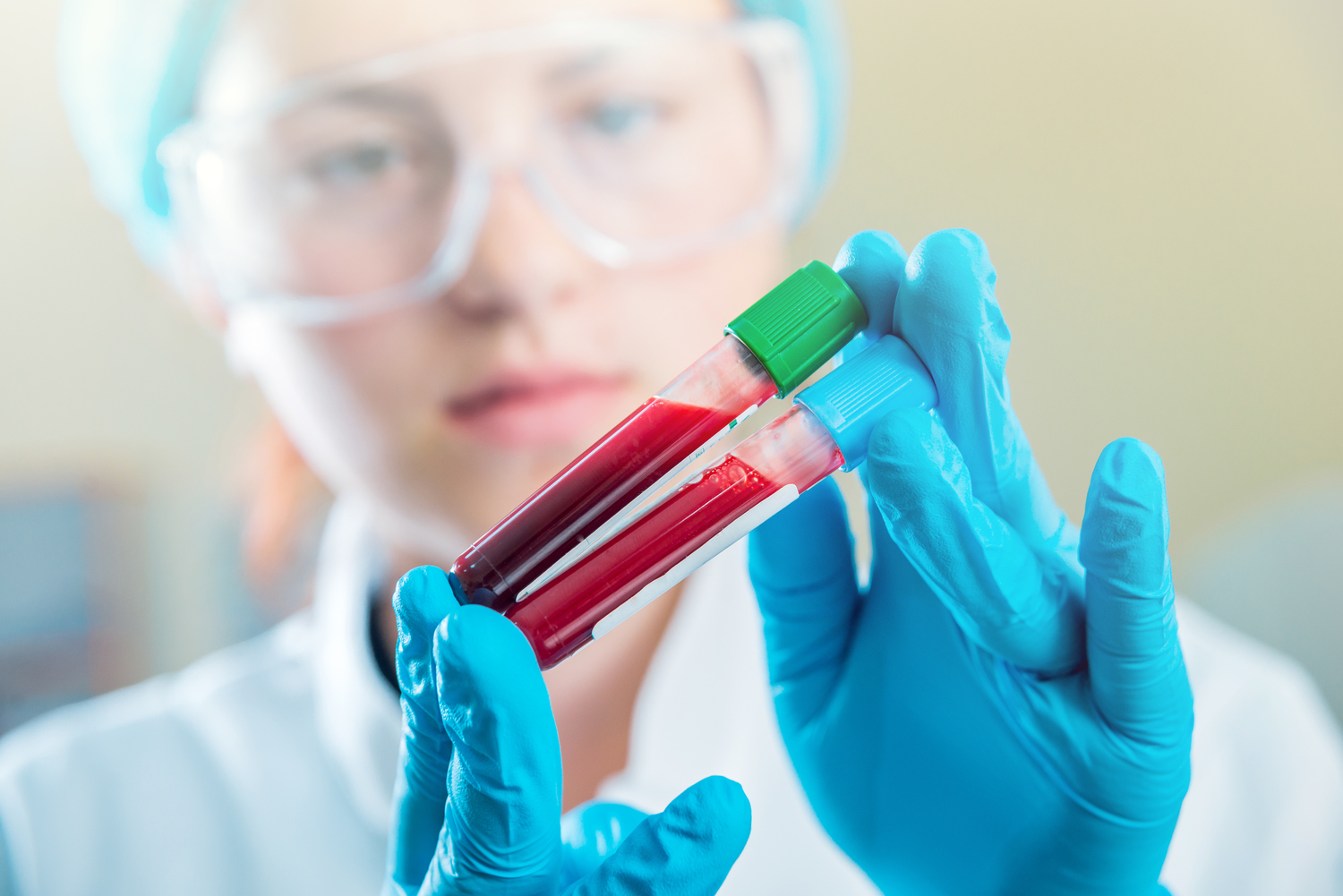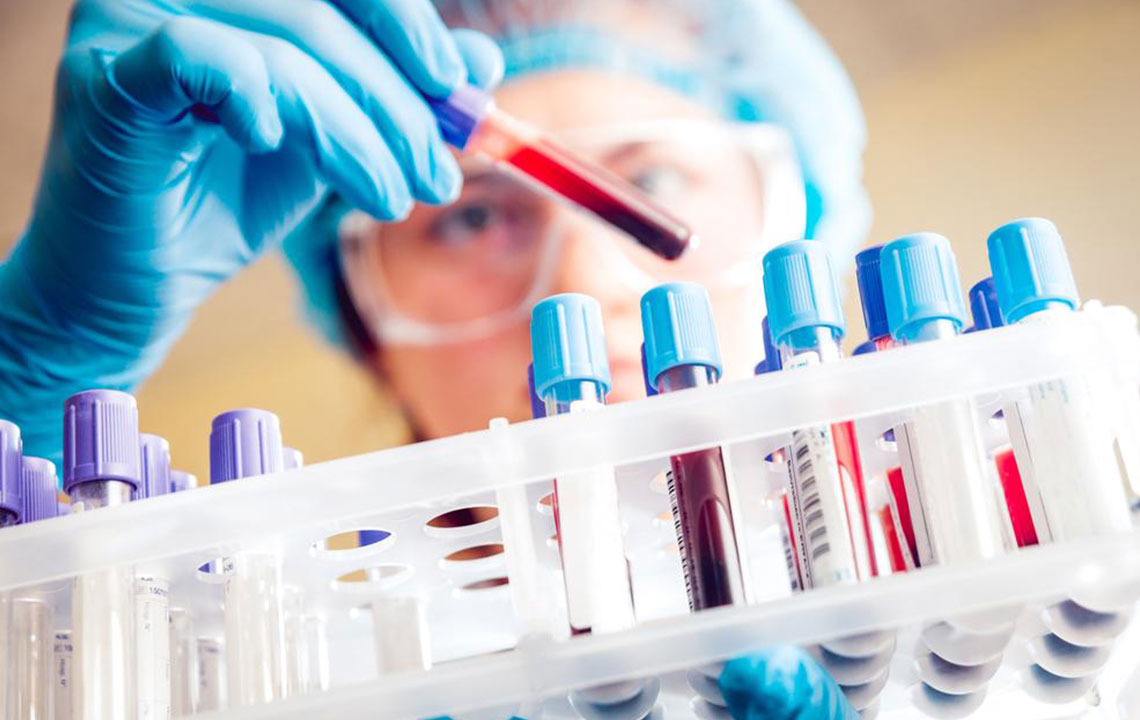Understanding Types, Diagnosis, and Treatment of Hematologic Cancers
Explore comprehensive insights into blood cancers, including types, symptoms, diagnostic procedures, and treatment options. Learn how conditions like leukemia, lymphoma, and myeloma develop, recognize symptoms early, and understand current management strategies. This overview emphasizes importance of early detection and emerging therapies for better outcomes, ensuring patients and caregivers are well-informed about their health options.

Understanding Types, Diagnosis, and Treatment of Hematologic Cancers
Hematologic cancers: Types, detection, and management
Blood cancers refer to a group of diseases that affect blood, lymphatic tissues, and bone marrow. As one of the most prevalent cancers globally, statistics reveal that in the United States, nearly every three minutes, someone is diagnosed with a blood-related malignancy. Children are also affected by these diseases, highlighting their broad impact.
Here's essential information about the different blood cancer types, symptoms, diagnostic procedures, and treatment options:
What are the main blood cancer varieties?
Leukemia is characterized by abnormal proliferation of mutated white blood cells within the blood and bone marrow.
This cancer results from an uncontrolled growth of abnormal white blood cells (WBCs), disrupting normal immune functions and hindering infection-fighting abilities.
Lymphoma impacts the lymphatic system, which produces immunity cells. In this disease, abnormal lymphocytes multiply rapidly, weakening the body's immune defense against infections.
Multiple Myeloma affects plasma cells responsible for producing antibodies. In this condition, cancerous plasma cells multiply quickly, impairing antibody production and increasing vulnerability to infections.
Recognizing symptoms of blood cancers
Common signs include fever, night sweats, dizziness, loss of appetite, shortness of breath, and nosebleeds.
Patients often experience gradual weight loss and overall fatigue.
Swollen lymph nodes in the neck, armpits, or groin are typical indicators.
Other external symptoms may include mouth sores, red spots on the skin, and easy bruising.
Women may notice unusually heavy menstrual bleeding.
Not all blood cancers show symptoms early; for example, acute leukemia may remain unnoticed until it reaches advanced stages.
Who is at higher risk?
Individuals with a family history of blood or other cancers.
People exposed to chemotherapy or radiation therapy for other illnesses.
Persons exposed to chemicals like benzene, found in cigarette smoke, cleaning agents, or adhesives.
Individuals with autoimmune disorders, HIV, or AIDS.
How is blood cancer diagnosed?
Diagnosis typically involves blood testing and bone marrow analysis.
Imaging procedures such as X-Rays, PET scans, and CT scans are commonly used.
Physical exams to detect swollen lymph nodes are also performed.
Based on test results, healthcare providers stage the cancer to determine its severity and appropriate treatment plan.
Available treatment options for blood cancers
Treatment depends on the specific type and stage of cancer.
Chemotherapy, administered orally or via injection, aims to destroy cancer cells and prevent their growth.
Sometimes, high-dose chemotherapy is combined with stem cell transplants to restore healthy blood cells.
Radiation therapy uses high-energy radiation to target malignant cells, especially in lymphoma cases.
Surgical removal of the spleen may be necessary in some blood cancers.
Emerging therapies like immunotherapy help boost the immune system to fight cancer independently.
What are the side effects of treatment?
Common issues include low blood cell counts, increasing infection risk, mouth ulcers, hair loss, and digestive problems.
Patients may experience nausea or vomiting post-treatment.
Side effects tend to be more severe with intravenous treatments compared to oral medications.










